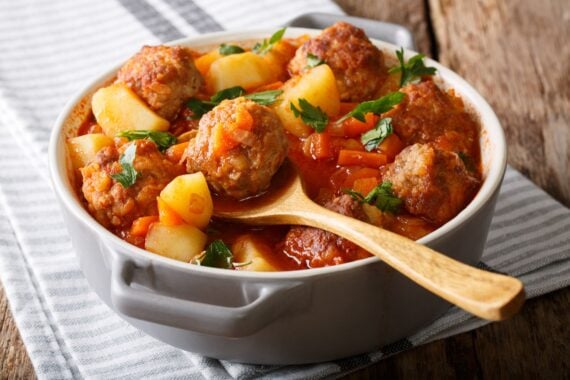Chicken soup may be the ultimate comfort food when you’re not feeling well, but there’s plenty more to turn to when you’re sick. We’ve paired recommended foods and drinks with common ailments and conditions to help get you on the proverbial road to recovery.
Related: What to Eat If You Can’t Taste or Smell After Having Covid-19
Thai Coconut Soup
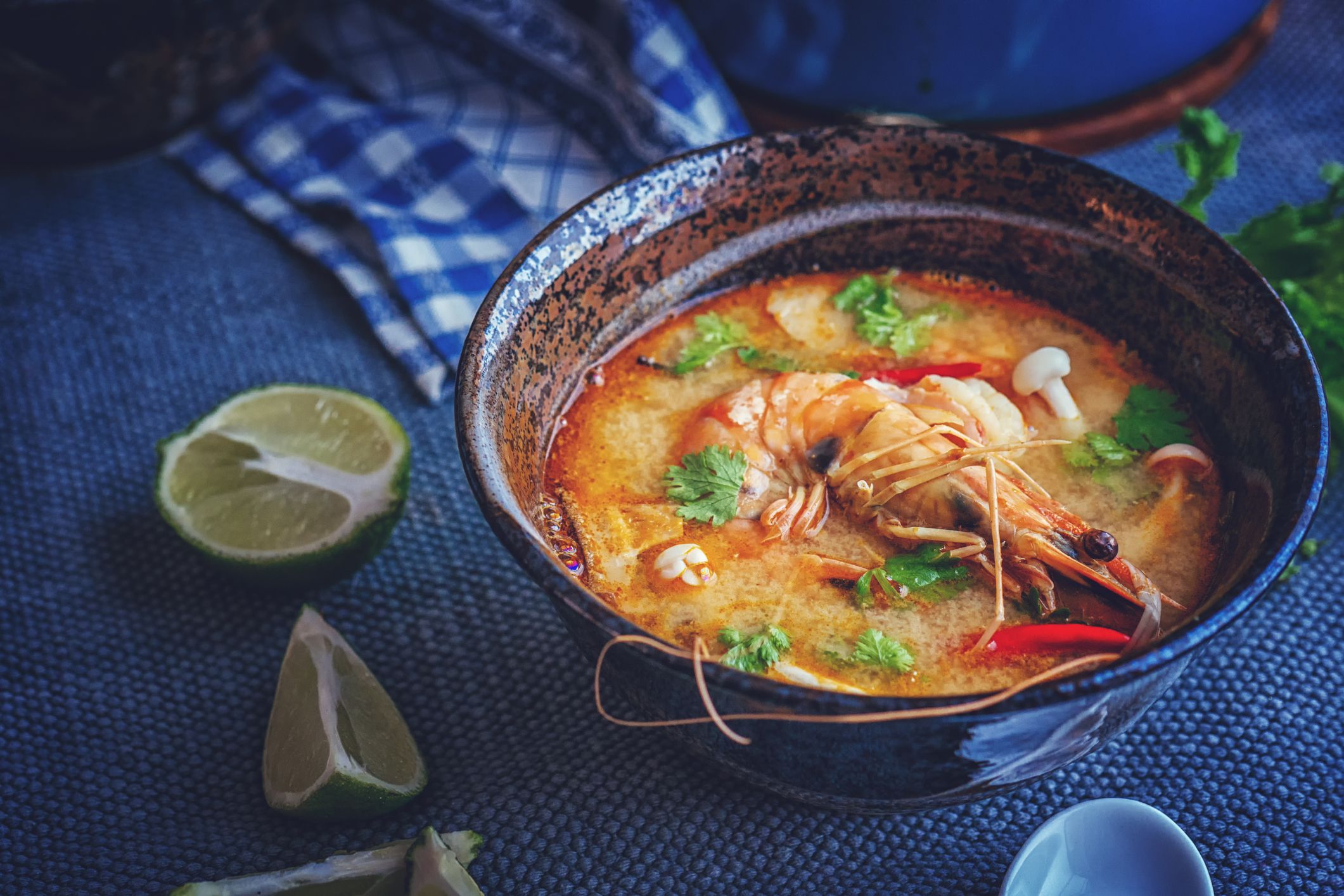
Those suffering from a cold or flu have an option beyond the classic chicken noodle soup. Thai coconut soup, from Tom Ka to Tom Yum, is an ideal option, according to California-based Integrative Health & Nutrition: “Unlike traditional chicken soup it also contains red chili. Chili contains a substance called capsaicin, which boosts the immune system.” It also doesn’t hurt that it eases congestion and fires up your taste buds.
Related: Easy Soup Recipes That Last for Days
Apple or White Grape Juice
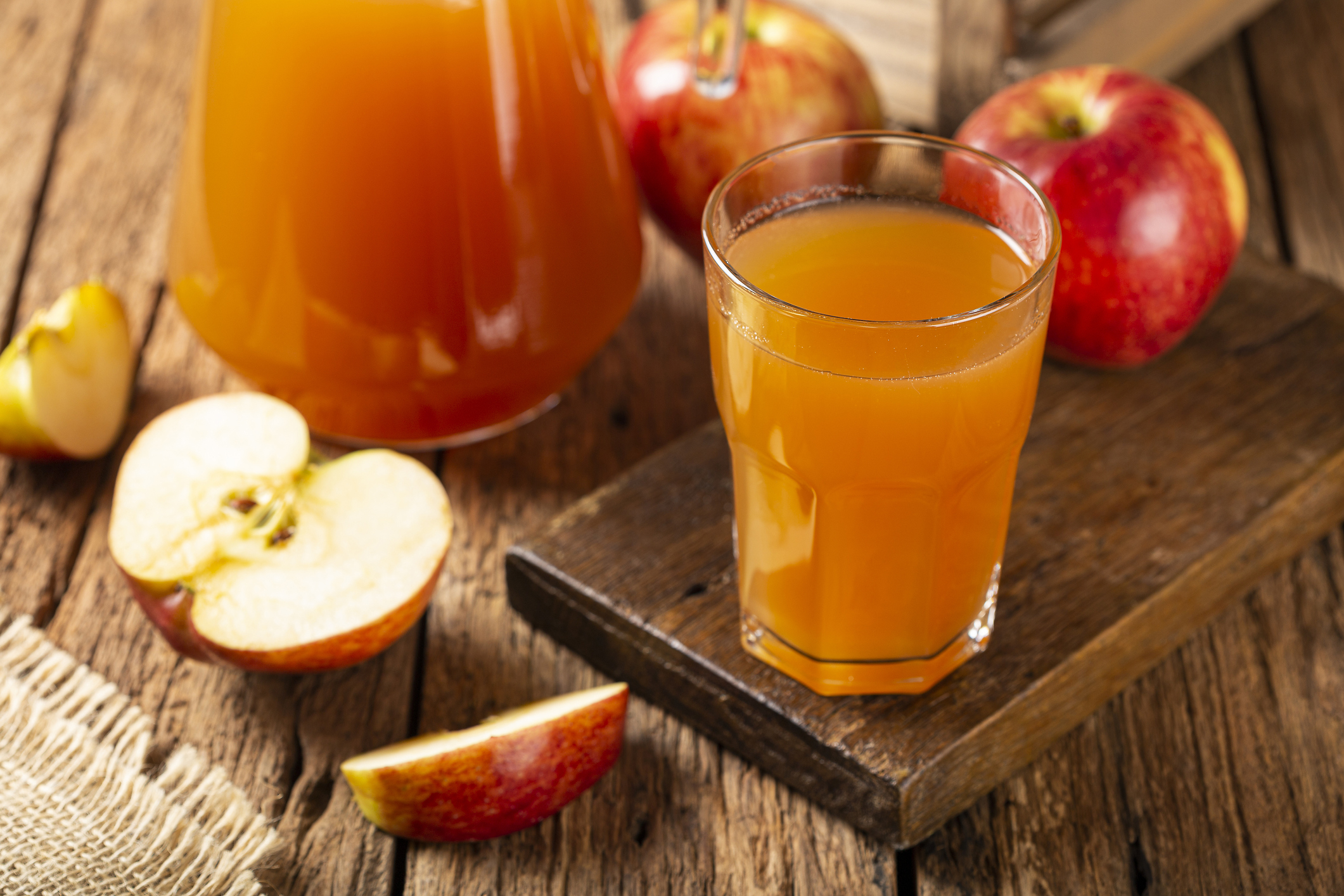
It’s not only kids who get their tonsils removed. Don’t rush the recovery process, says Healthgrades. Instead, try liquids, which “can soothe the throat, prevent dehydration, and provide calories and a bit of nourishment. Aim for at least 2 to 3 ounces every hour while awake. Start with clear liquids: water, apple or white grape juice, electrolyte drinks such as Gatorade or Pedialyte, gelatin, ice pops, flat soda, and broth.” If tolerated, move on to dairy products (smoothies, ice cream), then soft foods.
For more stories like this, please sign up for our free newsletters.
Fruit With Nut Butter
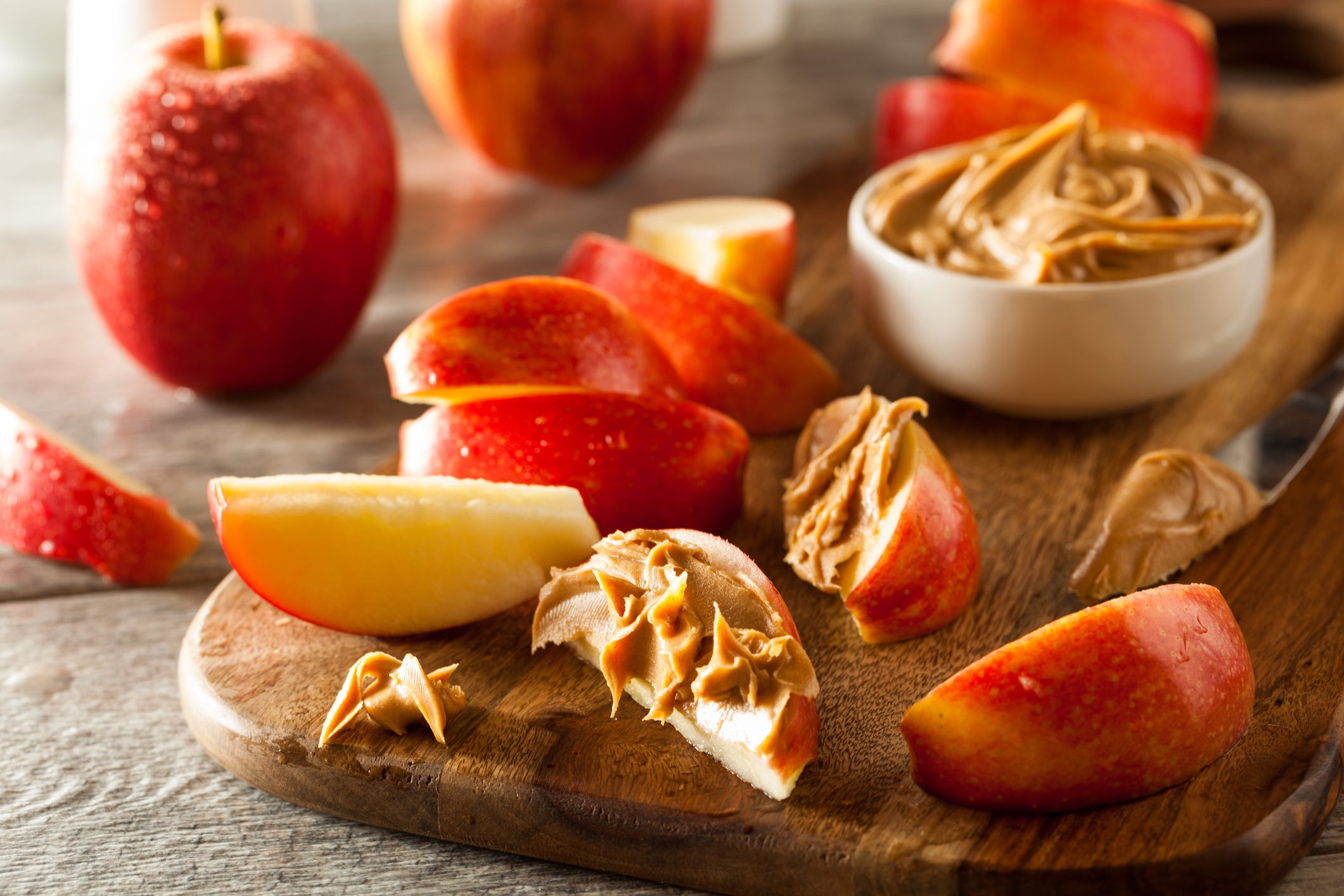
The uncertainty of the pandemic has certainly led to an increase in stress for many. Liberated Nutrition notes that during stressful times, “our cortisol levels are elevated, which can cause normal hunger and fullness cues to be suppressed or muted (to our primitive brains, running from a proverbial tiger means that eating isn’t a top priority).” Force-feeding isn’t recommended, but healthy options such as the fruit-and-nut butter combo, or a smoothie, egg and toast, or yogurt and granola can keep your body functioning.
Coconut Water
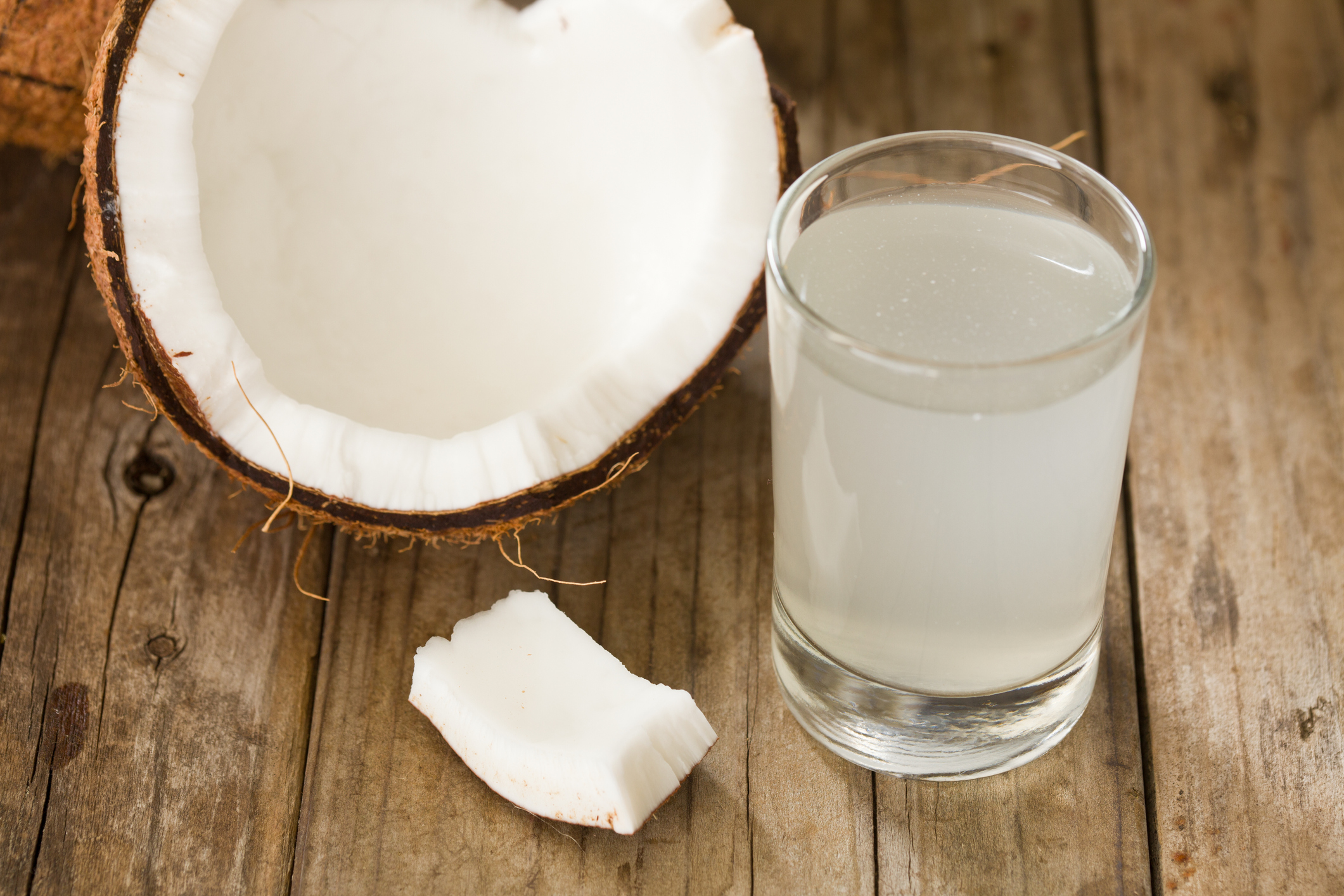
Healthline notes that coconut water is an ideal option when someone is dehydrated, helping replenish the body’s water content and electrolytes. Other picks to combat this state include melons, gazpacho and smoothies.
Scrambled Eggs

Wisdom-tooth removal can really knock someone for a loop — as can a cold or flu — from simply feeling out of sorts to the very real pain. Healthline recommends eggs, ideally scrambled for the ease in chewing and swallowing, for helping the body bounce back: “Eggs are among the best foods to eat after having your wisdom teeth out. They’re a source of high quality protein rich in vitamins and minerals.” Seek out pasteurized or omega-3-enriched eggs, as omega-3 fats, may aid wound healing.
Related: 13 Simple Ways to Cook Eggs
Trending on Cheapism
Oatmeal
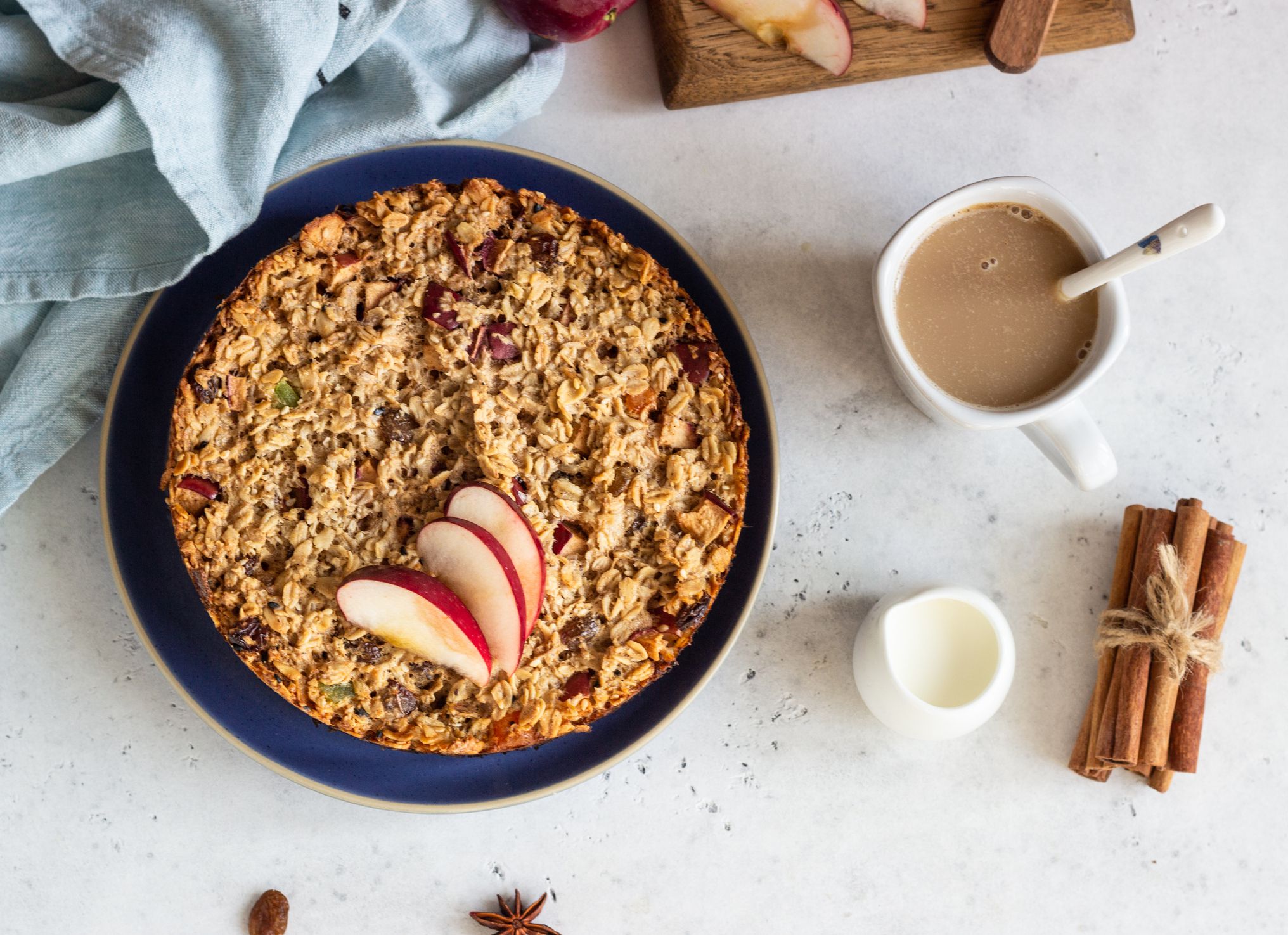
A diet filled with too many foods high in fat, salt, or spice (think fast food and potato chips) can trigger heartburn, according to Johns Hopkins Medicine. Luckily, there are plenty of things you can eat to help prevent acid reflux. Oatmeal is a prime example of the suggested high-fiber foods/whole grains, while other options include alkaline (low-acid) foods such as cauliflower and nuts and “watery” foods such as celery.
Greek Yogurt
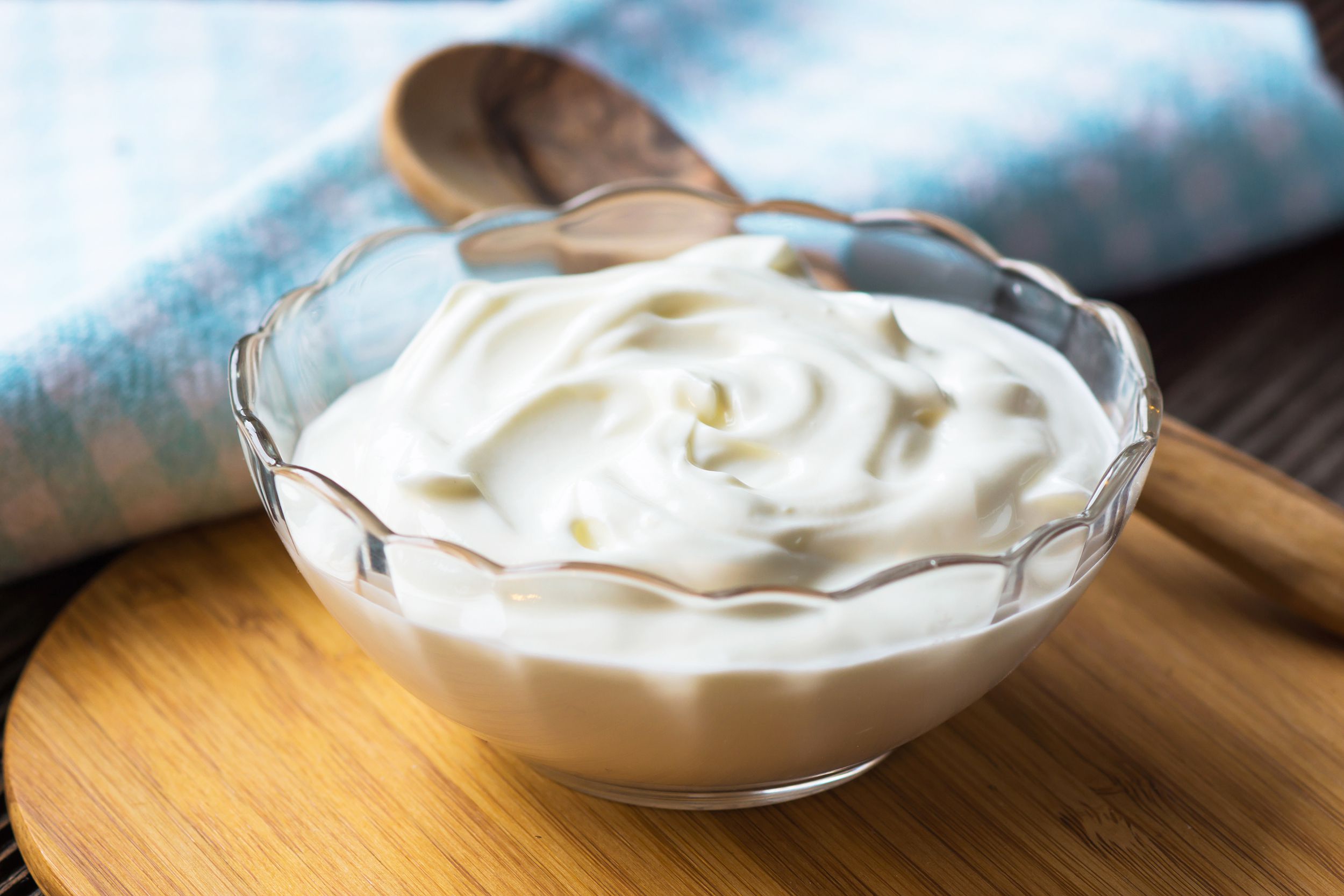
Feeling nauseous? Reach for some Greek yogurt, says at least one nutritional consultant. Brittany Lubeck of Oh So Spotless told Parade earlier this year that eating is important even if your stomach is turning and “packed with probiotics, Greek yogurt helps heal the gut.”
Brazil Nuts
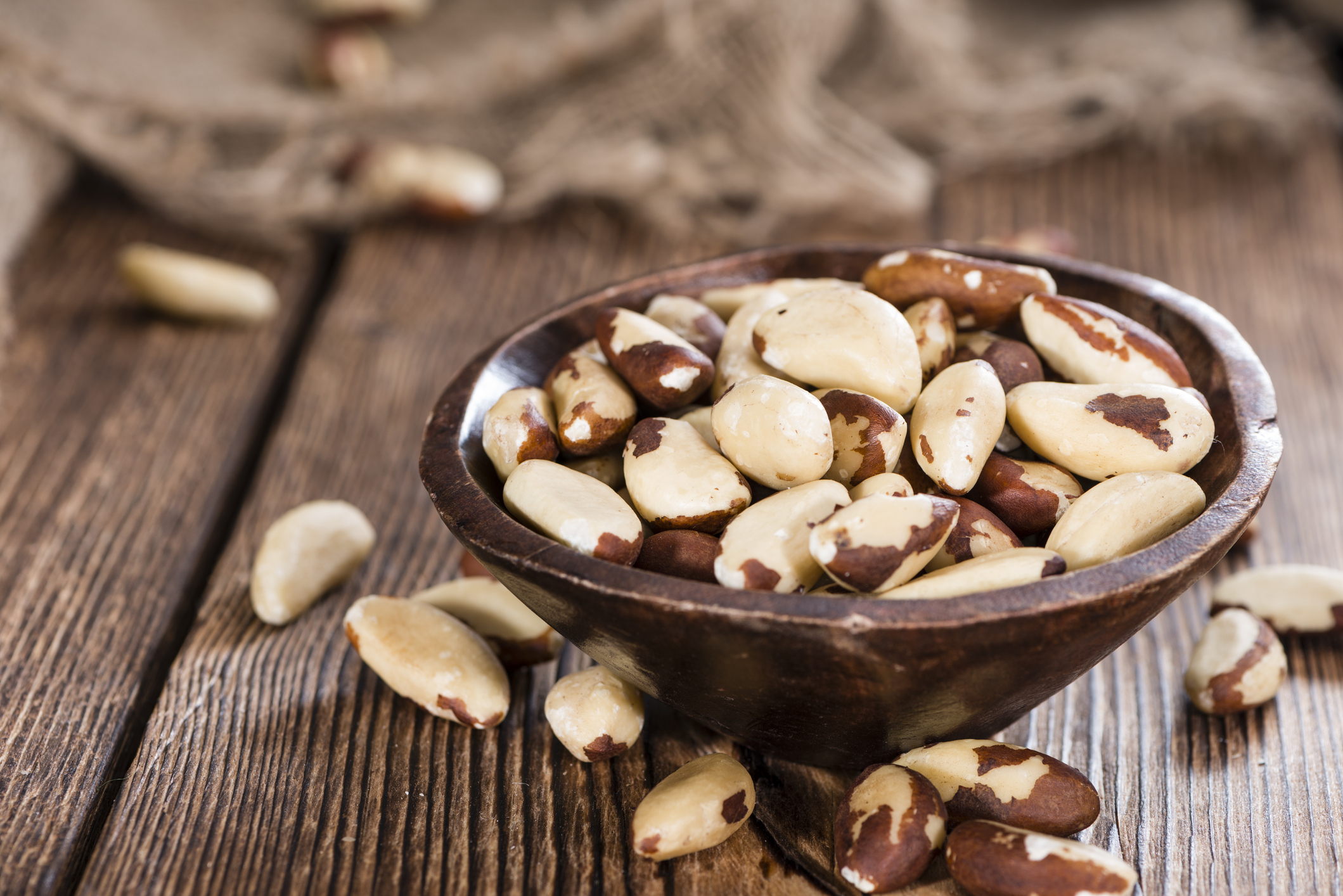
As noted earlier, the pandemic – and really, everyday life – can lead to anxiety for many people. Medical News Today reports that Brazil nuts are among, “the foods to eat to help reduce anxiety.” The report adds that these nuts are high in selenium, and “Selenium may improve mood by reducing inflammation, which is often at heightened levels when someone has a mood disorder, such as anxiety.” It’s also an antioxidant, which can help prevent damage to cells.
Sign up for our newsletter
Spinach
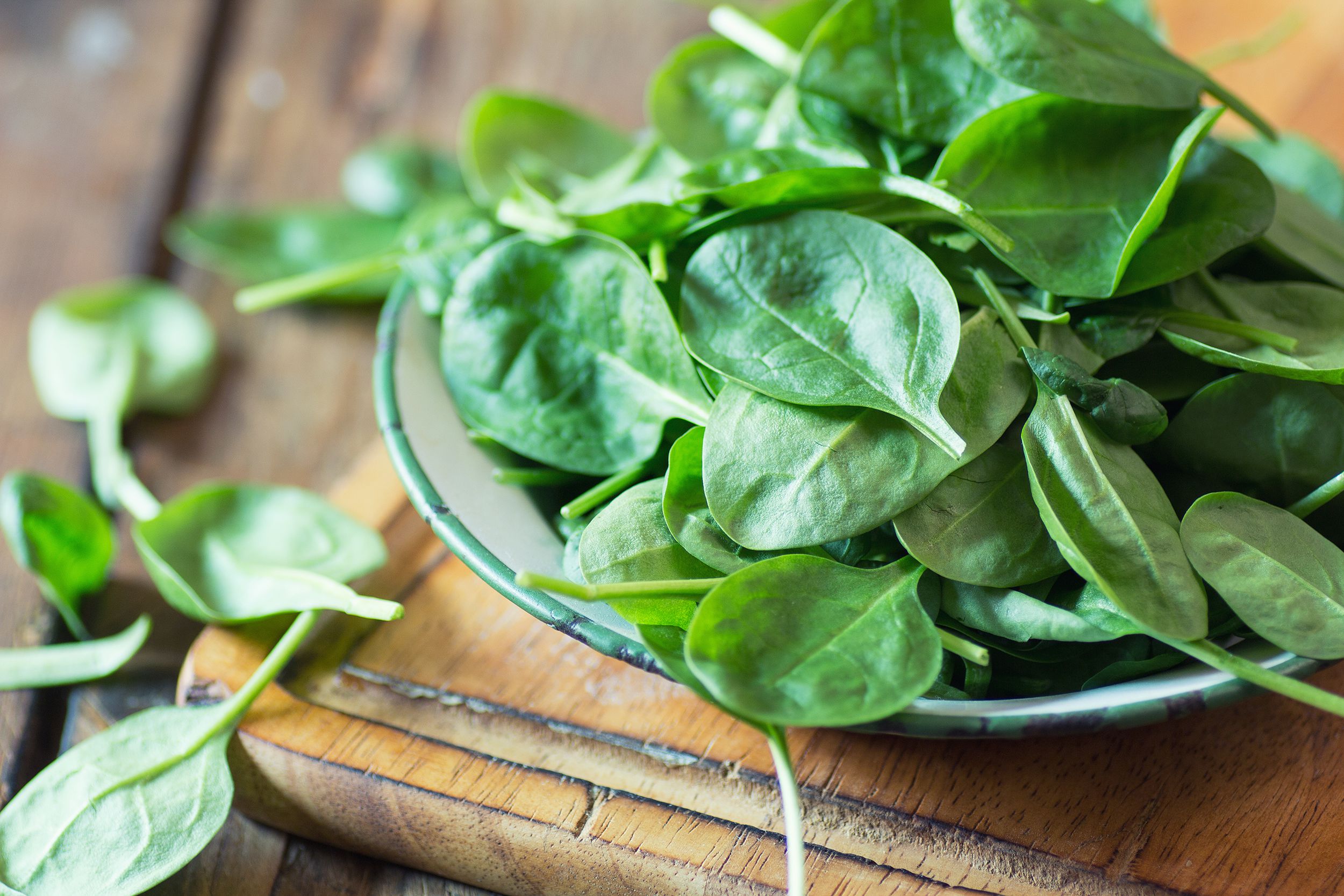
Got a headache – or a migraine? Eat some spinach. Registered dietitian Keri Glassman shared on Today that, “Leafy greens are high in magnesium, a nutrient that has been found to have powerful migraine-relieving properties. Spinach in particular will provide you with 24 milligrams in just one cup.” The dietitian further suggests, “Dress up your plain greens with plums, pecans, and a pomegranate dressing, or throw into your smoothie to up the migraine-fighting power.”
Bananas
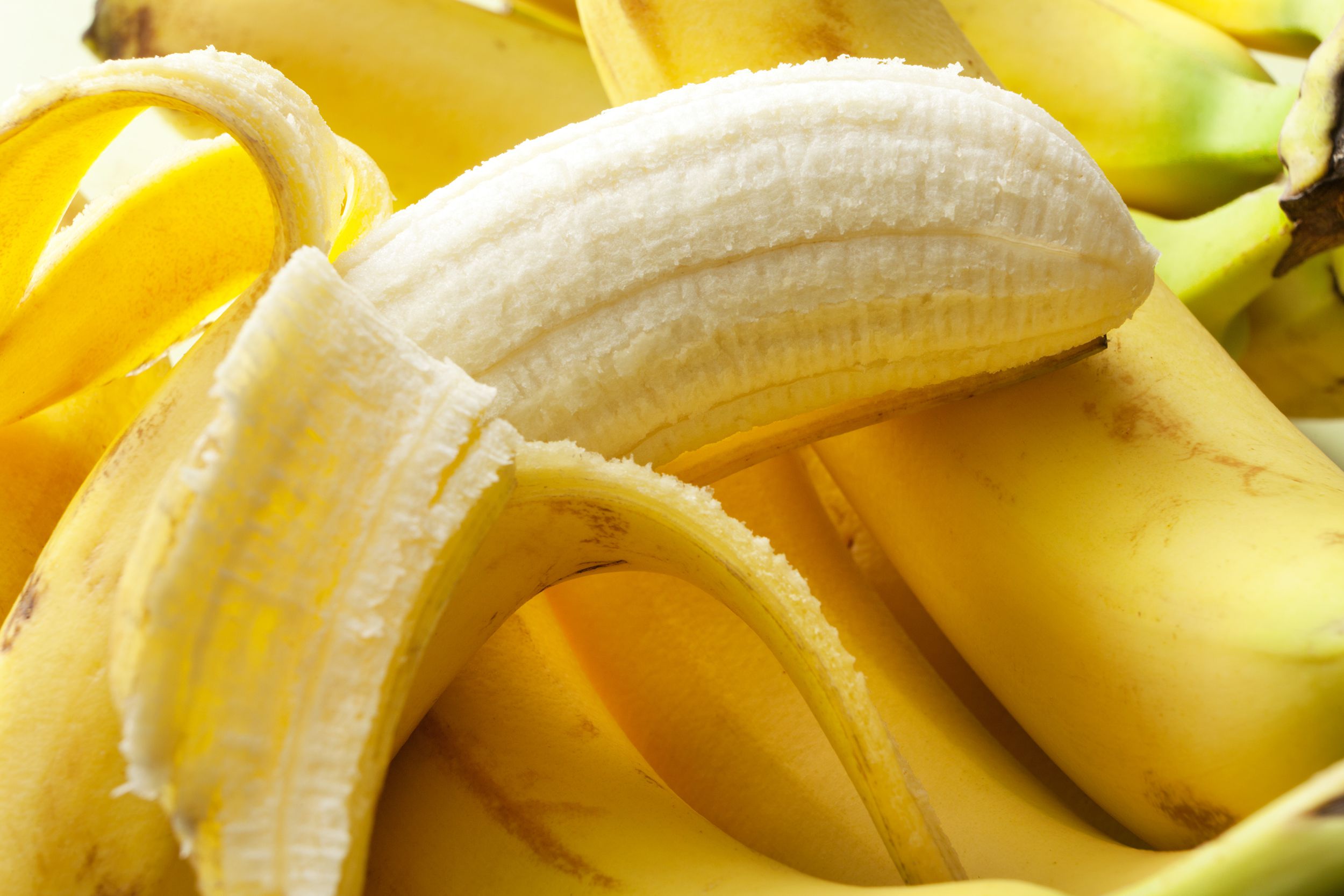
Diarrhea is one condition no one wants to talk about, but there is something worth eating (hopefully not when you’re not in the bathroom). The Cleveland Clinic’s Health Essentials notes, “Most of us experience diarrhea a couple of times a year, whether it’s from a bacterial infection, a food allergy or simply something you’ve eaten that disagrees with you. Diarrhea usually is not serious and often disappears within a day or so.” Try the BRAT diet — bananas lead the list, followed by (white) rice, applesauce, and toast. Though some sources question its effectiveness, as long as the BRAT diet is followed short-term, signs seem to point to its success.
Prunes
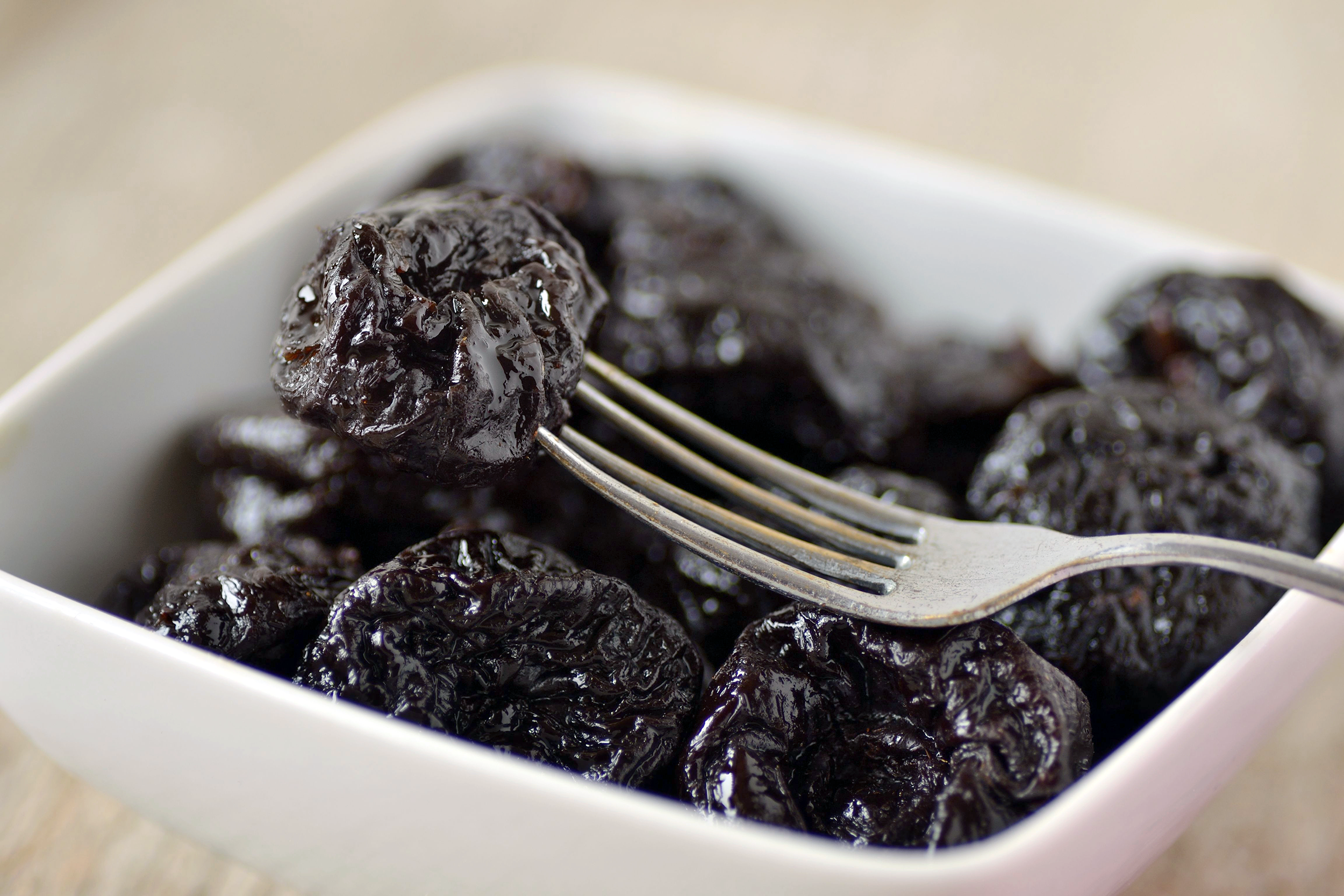
Constipation is another condition no one wants to talk about, but prunes are a proven treatment if you’re, um, backed up. Medical News Today says, “Prunes and prune juice are a time-tested home remedy for constipation in many parts of the world. Prunes contain a lot of fiber, a nutrient known to ease and speed up bowel movements. Prunes also contain sorbitol and phenolic compounds that may have gastrointestinal benefits.”
Beans
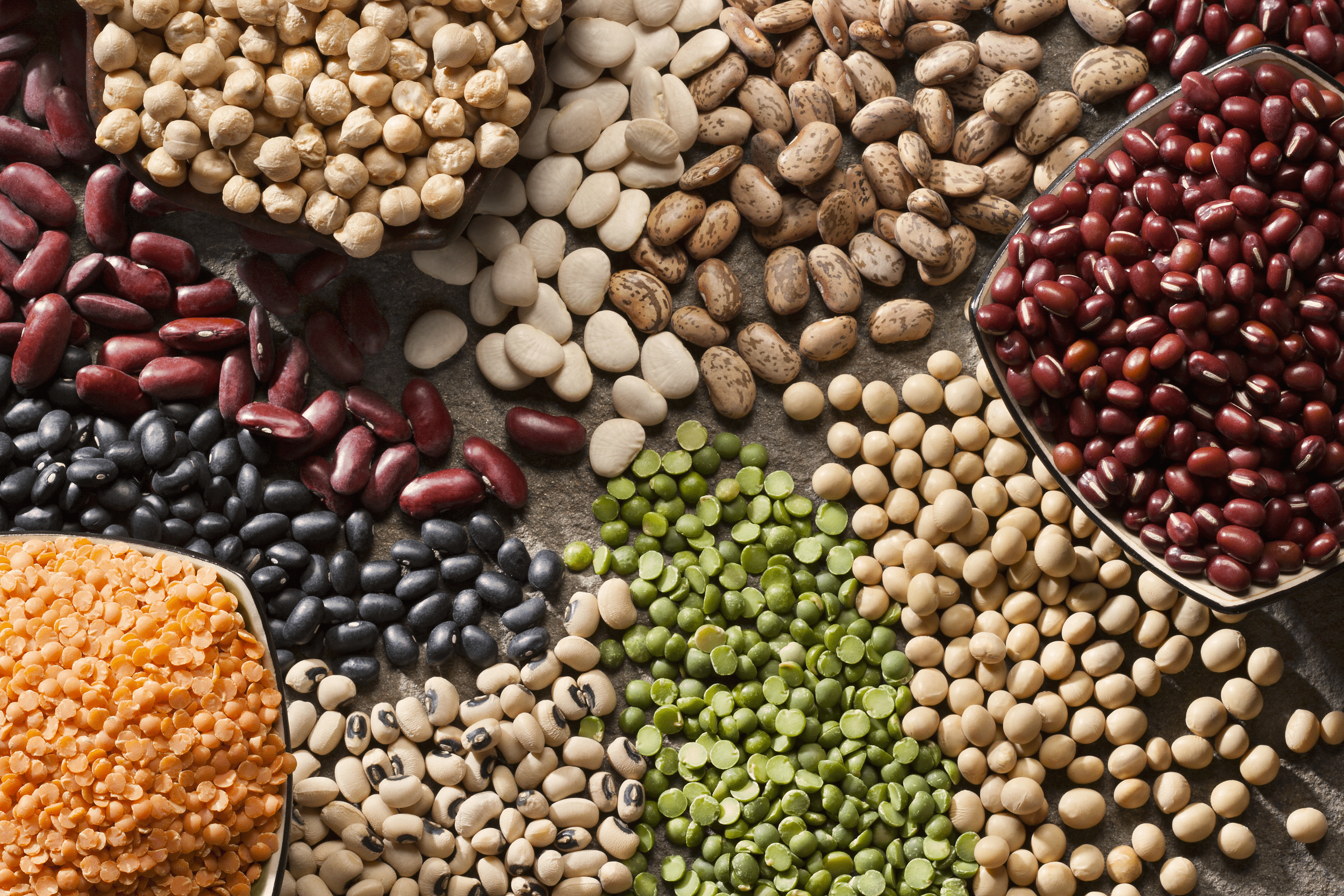
The American Cancer Society notes that people undergoing chemotherapy may suffer from a number of side effects. Eating well can help a patient keep up strength, energy levels, and defenses against infection. A healthy diet can also prevent body tissue from breaking down and help build new tissues — and cope with the side effects of treatment. Those undergoing treatment are urged to, “Choose different plant-based foods. Try eating beans and peas instead of meat at a few meals each week.”
Crackers
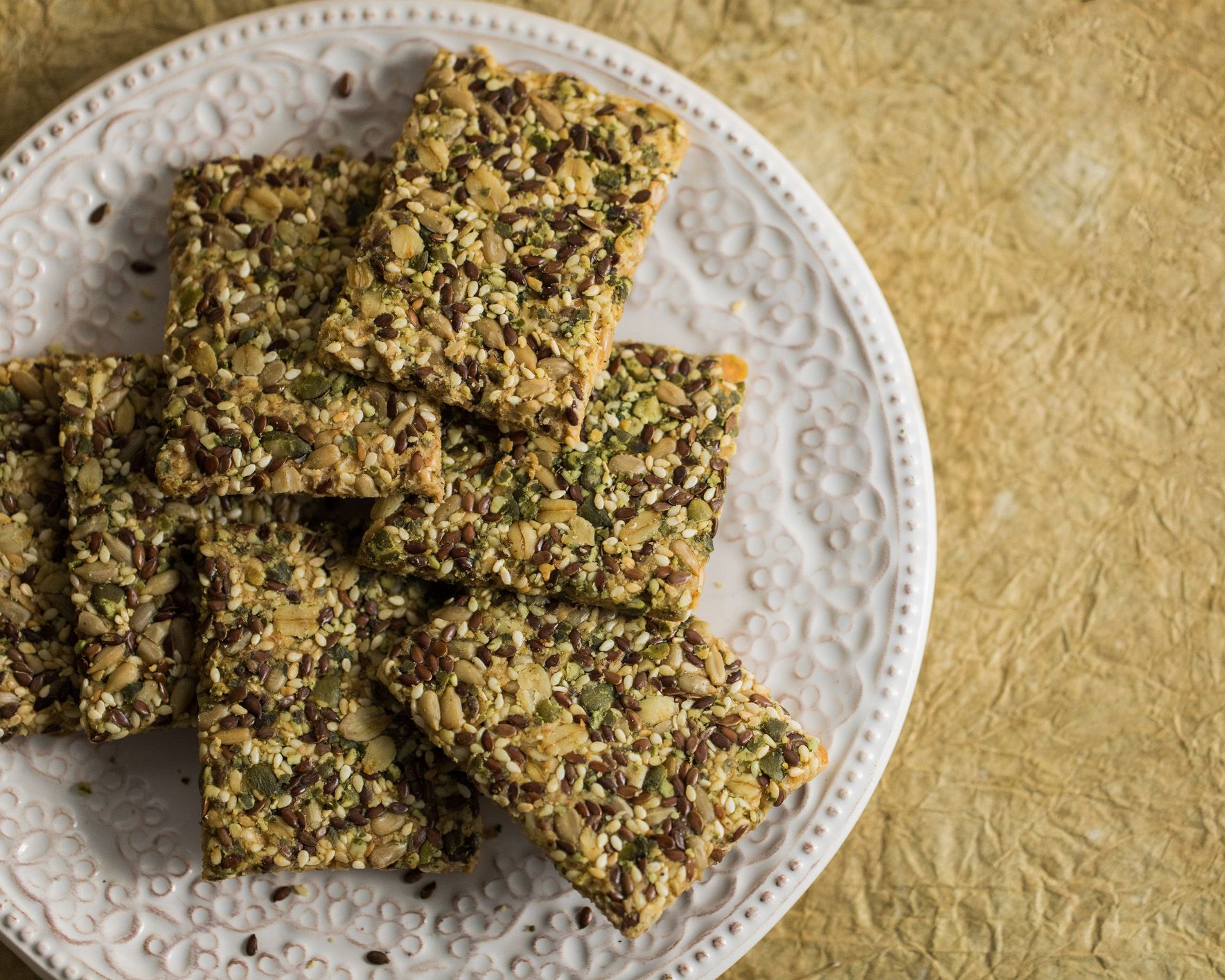
It sounds like a cliché, but eating crackers may indeed help one cope with morning sickness, according to the Murfreesboro Medical Clinic in Tennessee. As it notes, to ease stomach discomfort try “easy-to-digest” foods such as crackers, toast, and rice. In addition, good choices include “Ginger ale with real ginger, ginger tea with fresh grated ginger, or ginger candies.”
Soda

Feeling dizzy? The sugar jolt from soda can help. According to Livestrong, “When blood sugar drops dramatically, it may cause sudden, intense dizziness. Though such drops can affect most anyone, they are a common complication of diabetes and diabetes treatment. In addition to regular blood glucose monitoring and an overall healthy, doctor-approved diet, the American Diabetes Association (ADA) recommends a snack containing 15 to 20 grams of carbohydrates as a means of remedying sudden blood sugar decline. Try four ounces of “regular” (sugared) soda, pure fruit juice, unsweetened raisins, or other dried fruits.
Beef
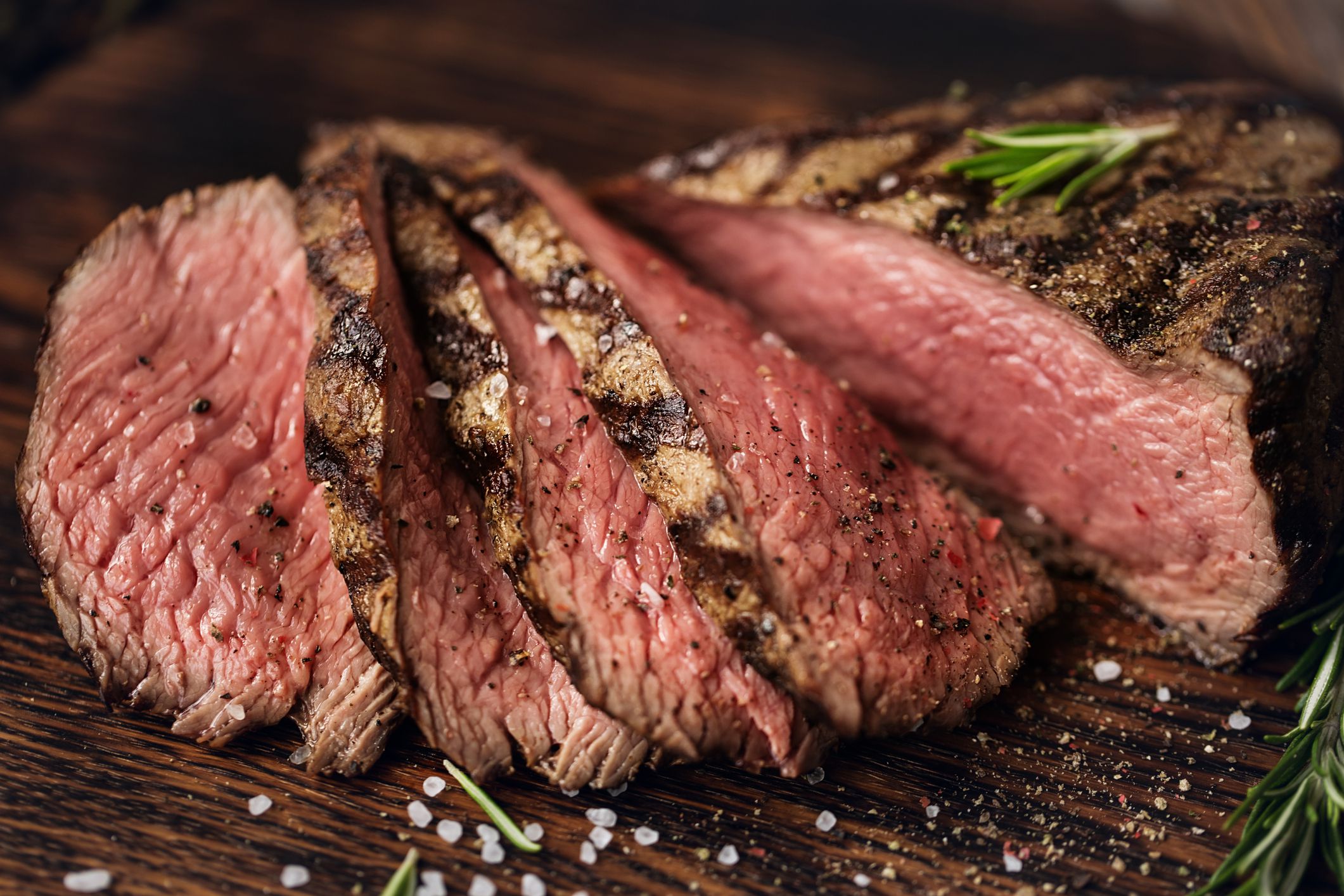
Those suffering from anemia can experience fatigue, skin pallor, shortness of breath and a fast heartbeat. Cleveland Clinic Health Essentials offers a long list of options for an iron-rich diet to combat the symptoms, since, “Our bodies need iron to grow and develop. Iron can also help prevent anemia and protect your body from infection.” Beef and other proteins top the list; for those who don’t eat meat, you might want to try tuna, sardines, lentils, figs, or dates.
Berries
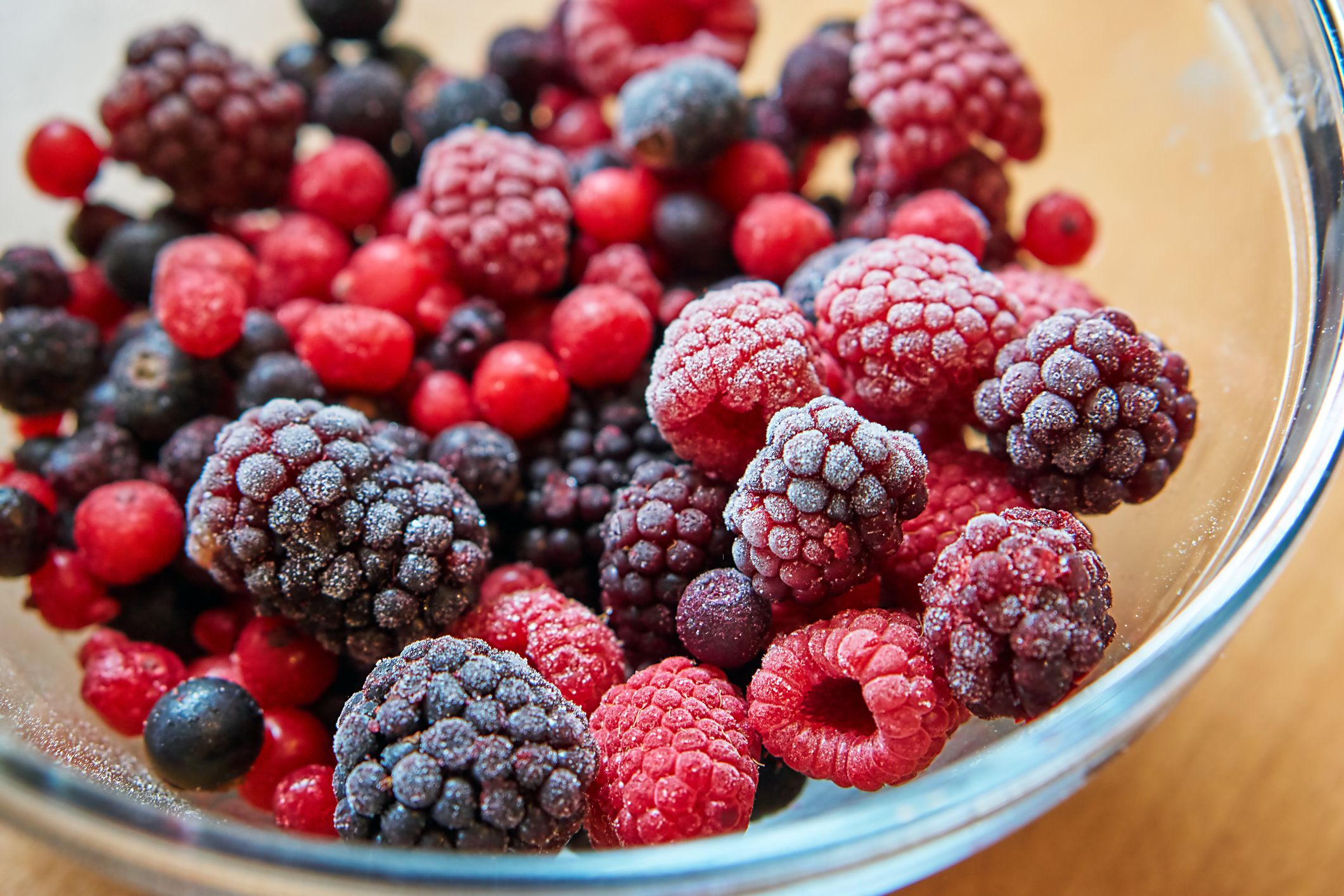
Everyone knows a low-sodium diet is key to treating high blood pressure. There are also a number of other foods that Healthline says are part of a “heart-healthy diet” to help you combat the condition. “Berries have been associated with a variety of impressive health benefits, including their potential to reduce heart disease risk factors like high blood pressure.” That means you can snack away on blueberries, raspberries, strawberries and more.
Salmon
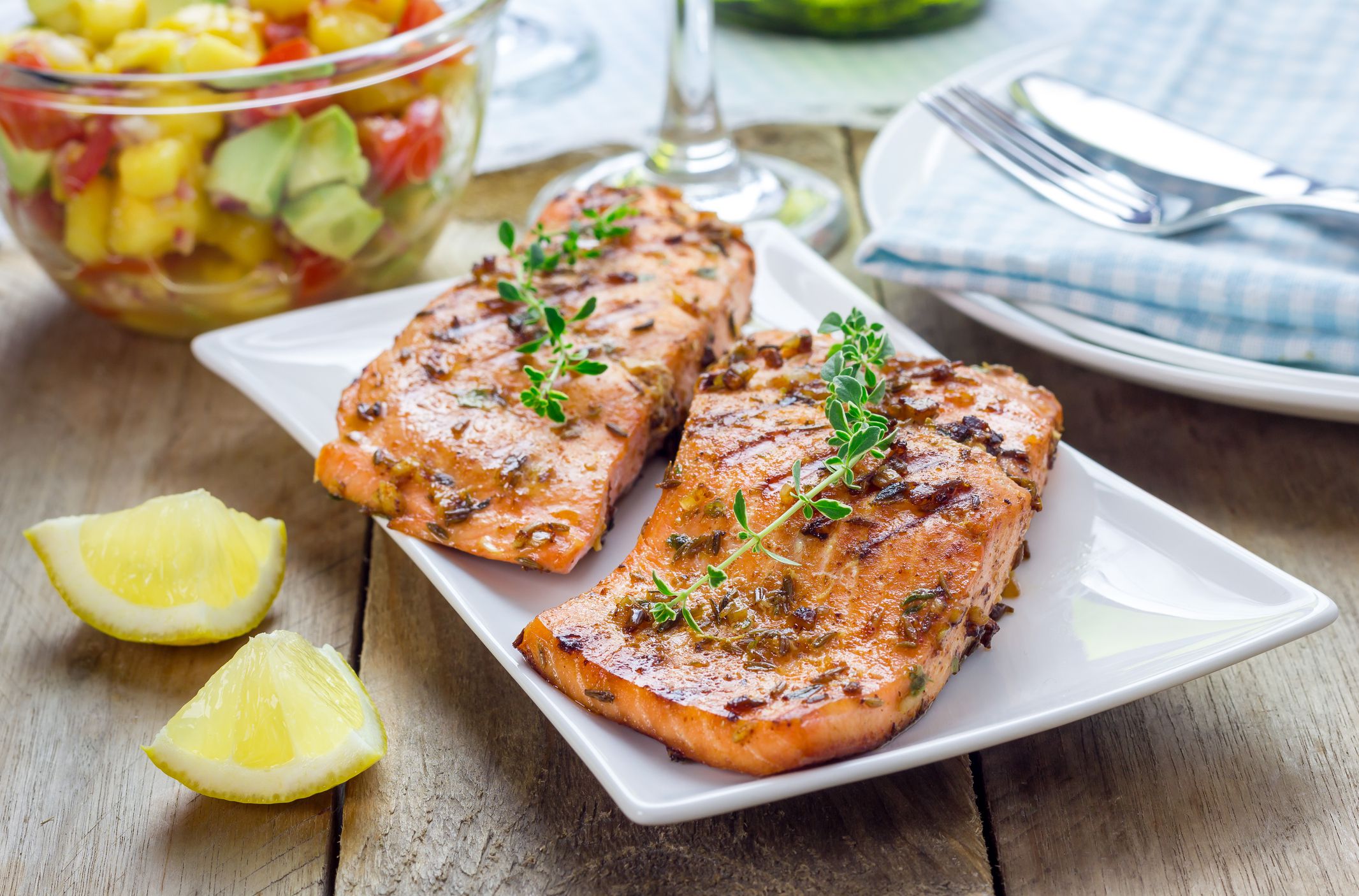
If you struggle with diabetes and regulating your blood sugar, there is a whole regime to be followed. Salmon, WebMD notes, is a good choice as both a protein (one of the recommended fish and seafood options) and as a source of omega-3 fatty acids.
Almonds
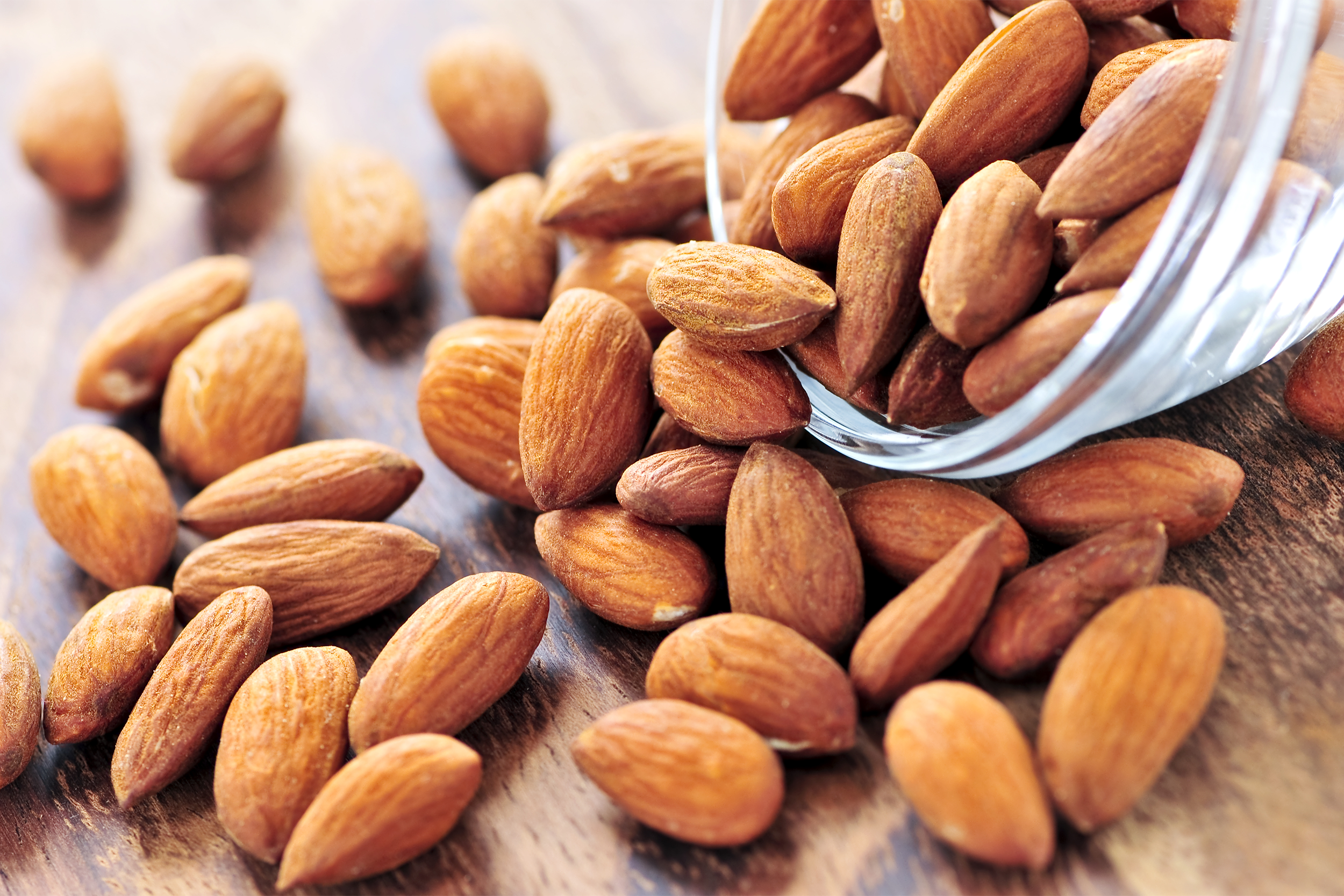
Those who want or need to lower their cholesterol have a number of dietary options that will aid the cause. As Harvard Health reports, one of those options is nuts. “A bushel of studies shows that eating almonds, walnuts, peanuts, and other nuts is good for the heart. Eating two ounces of nuts a day can slightly lower LDL, on the order of 5%. Nuts have additional nutrients that protect the heart in other ways.”
Low-Fat and Skim Milk
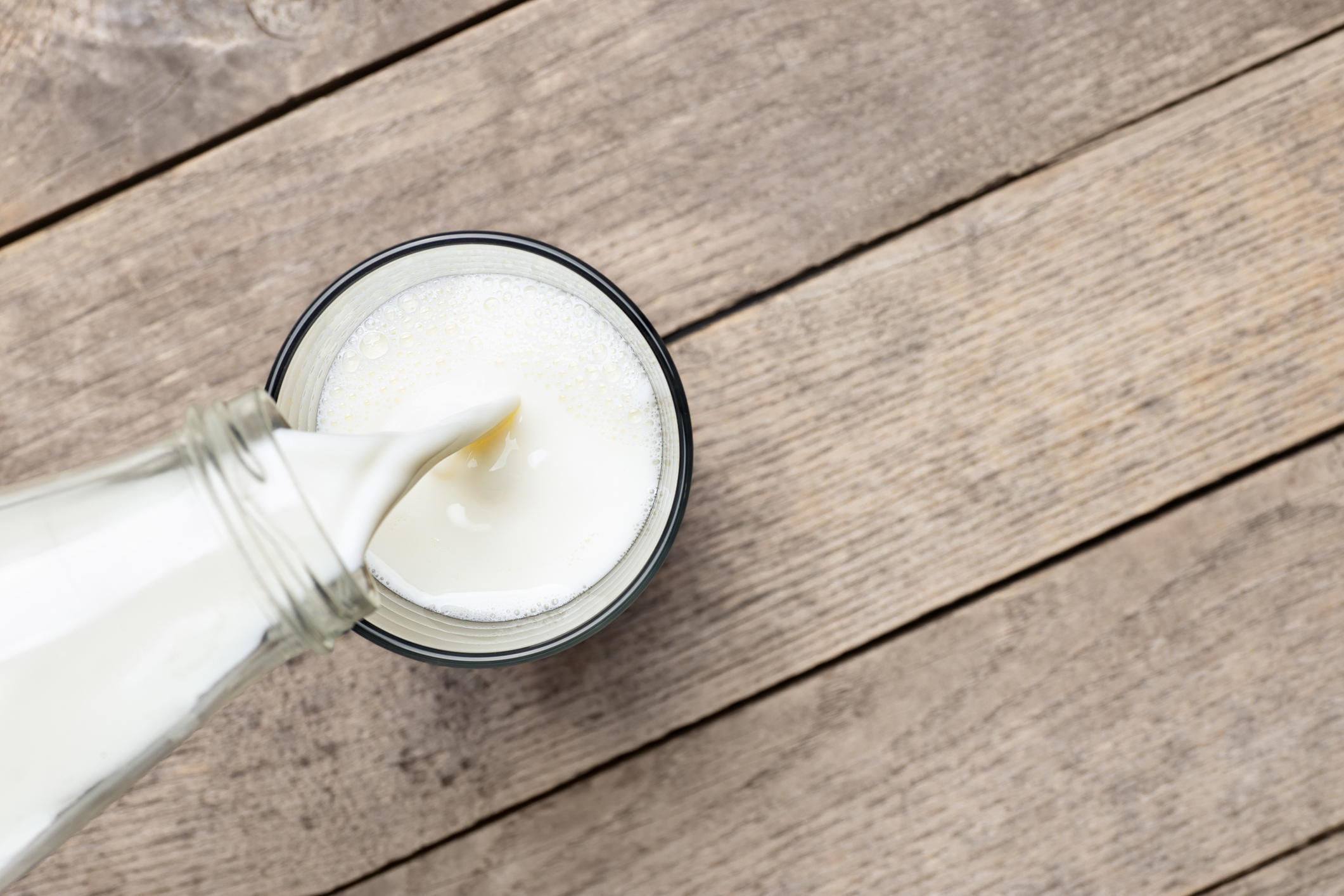
Women going through menopause can have a variety of health complaints, but The Checkup notes that changes in diet can help ease discomfort during this transition. Lower estrogen levels can also impact metabolism, leading to weight gain. The plan? Count calories, but also eat more dairy products (low-fat or fat-free choices will complement the calorie counting) for optimal bone health.
Green Tea
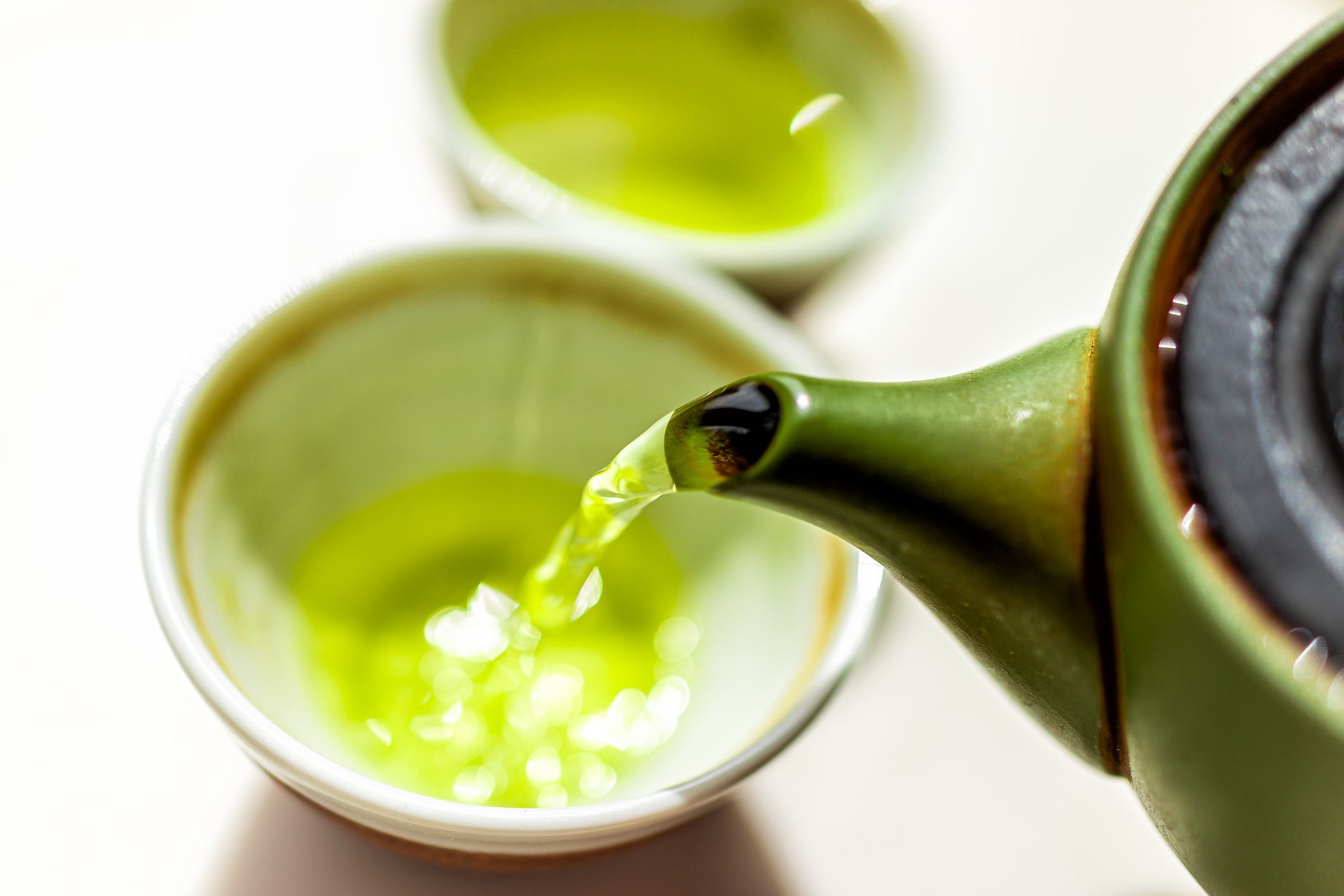
Those who struggle with arthritis know how challenging it can be. Along with the use of medications, a proper diet can curb the inflammatory responses from the body that cause pain. Eating the right foods also helps you maintain a healthy weight, helps reduce knee and hip issues. Among the recommendations from Penn Medicine is drinking green tea: “This mild-mannered drink contains a natural antioxidant called epigallocatechin-3-gallate (EGCG). This ingredient has been shown to stop the production of certain inflammatory chemicals in the body, including those involved in arthritis.”
Dark Chocolate
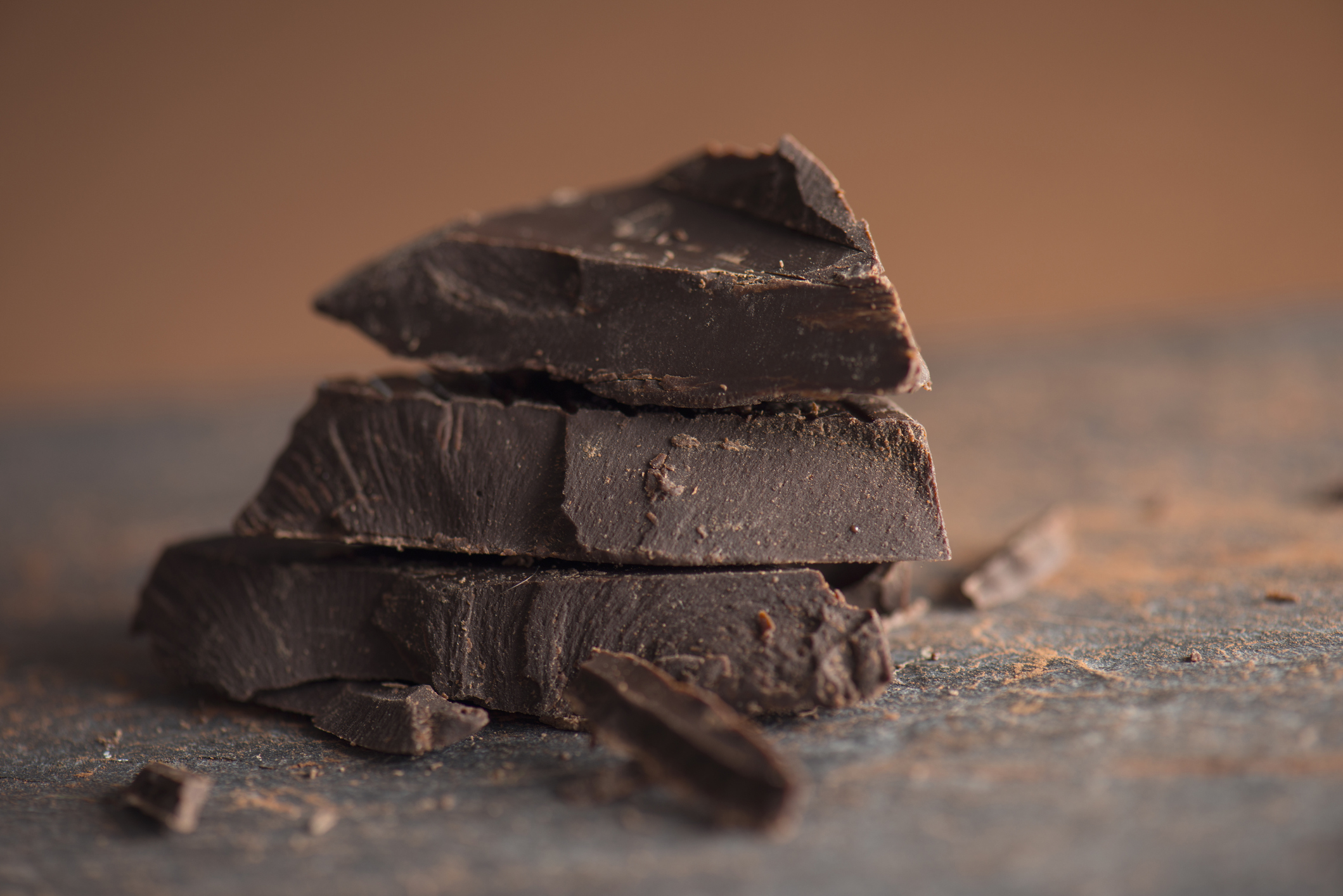
Some days we simply feel a bit off. As Clean Eating reports, “Brain fog brings on symptoms like memory issues, a lack of mental clarity and difficulty focusing.” In addition to fine-tuning of your diet, try eating some dark chocolate and other cocoa-based foods. They’re rich in flavonoids, which aid proper body functioning.
Tomatoes
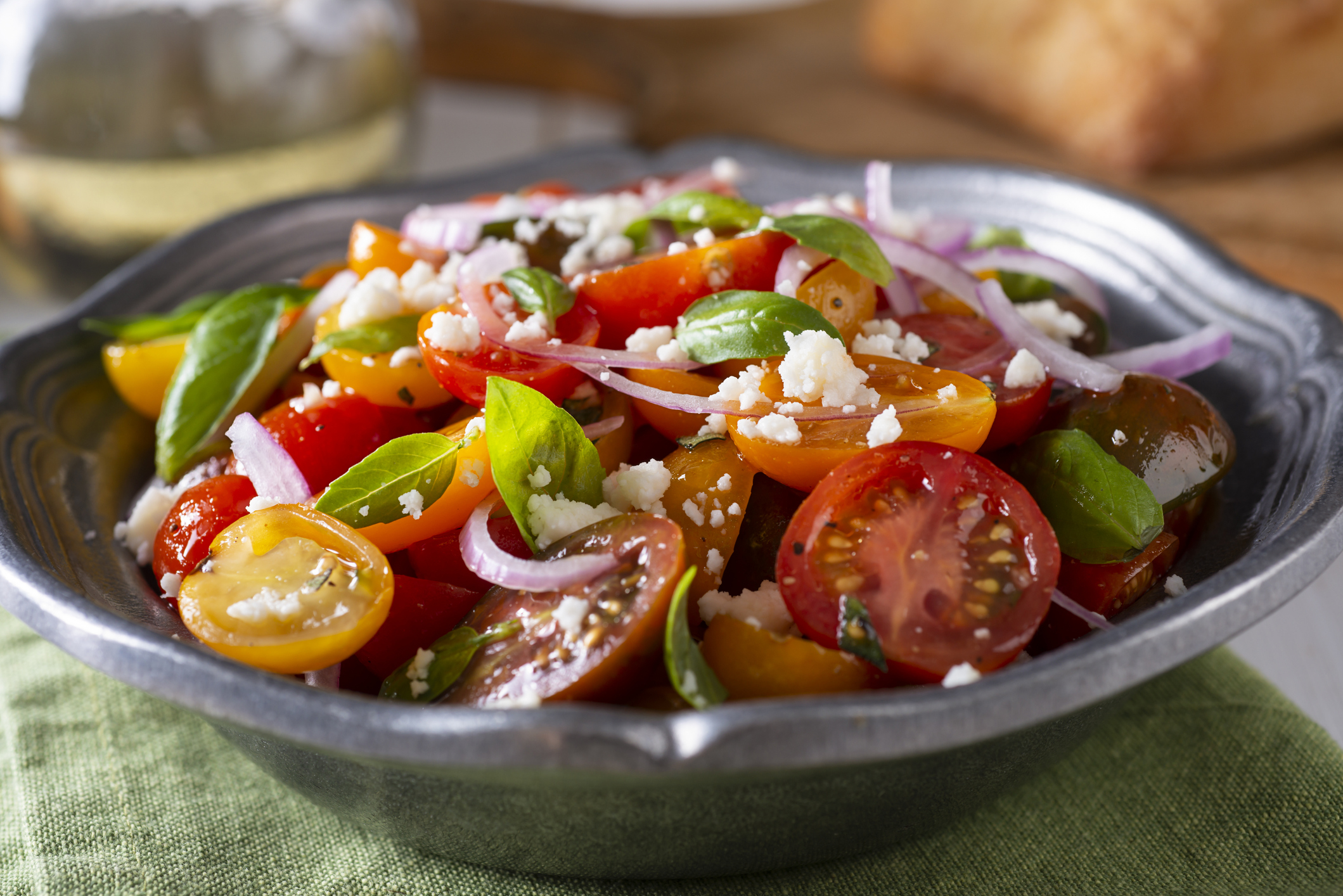
Those who deal with asthma know it can be a scary condition. An attack is what you definitely want to avoid, and studies have shown that certain foods can help. As WebMD reports, foods made with tomatoes seem to help. “Scientists think it may be the lycopene that helps most, but more research is needed. Some studies show they can keep you breathing better over the long term.”
Whole Foods
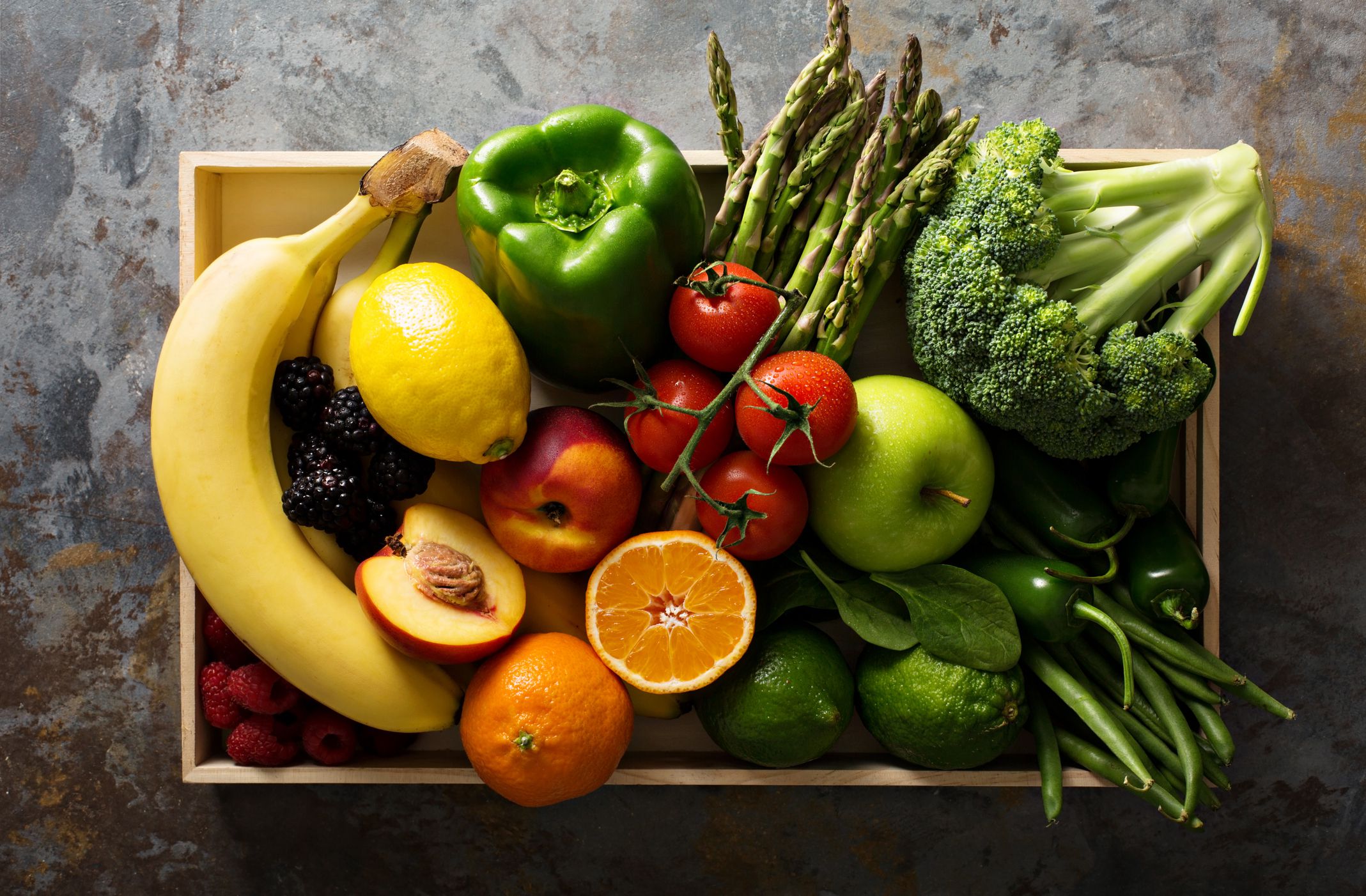
While every surgery and its after-effects will be different, there is one thing to keep in mind, according to VeryWellHealth: “One of the best things you can do to improve your nutritional status when you are recovering from surgery is to focus on whole foods.” Translation: an orange instead of orange juice, a baked potato instead of fries, and chicken breast instead of chicken nuggets.
Cherries
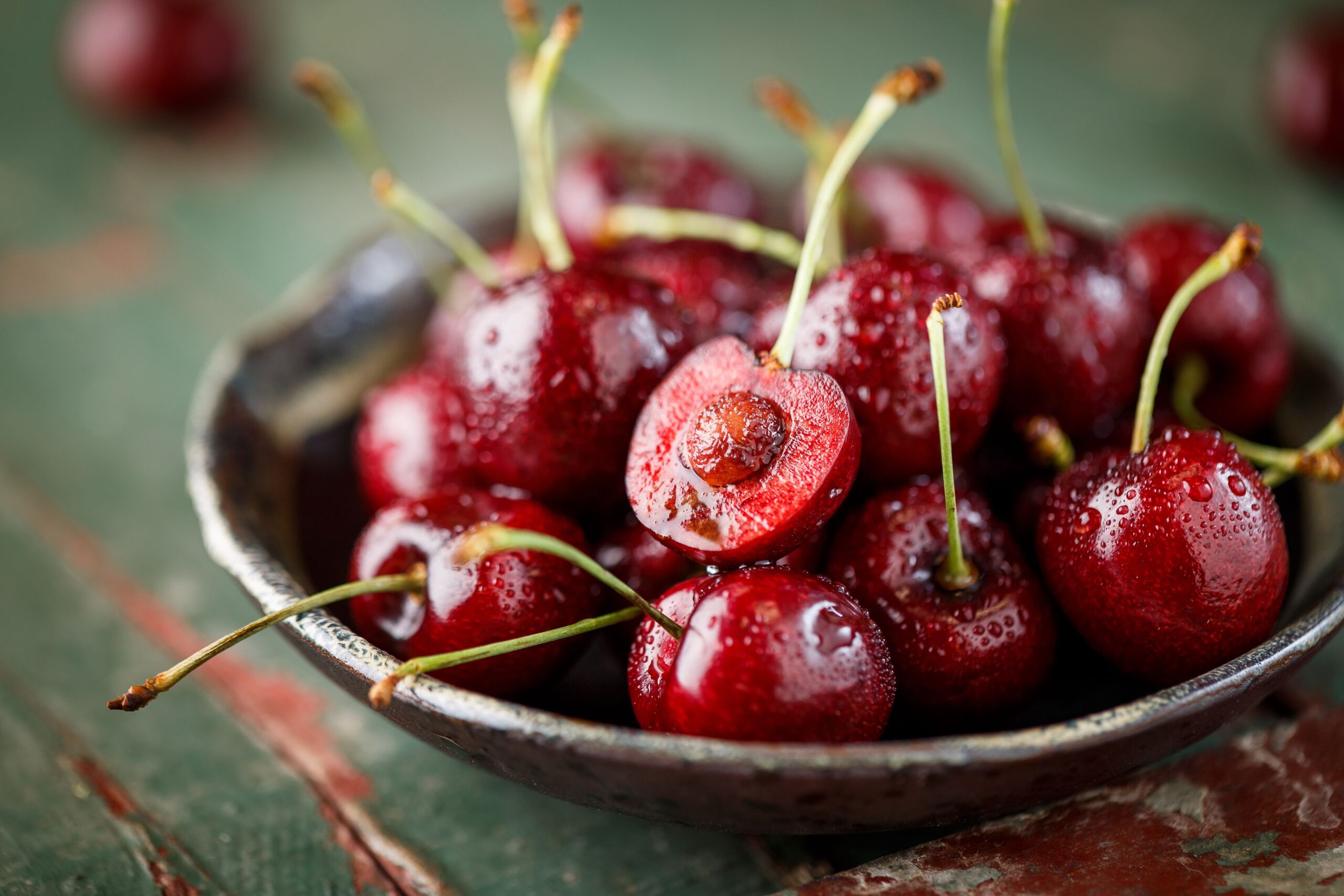
Those who are not getting the sleep they need are not only cranky but can have health issues that go beyond sleepiness. The Sleep Foundation has compiled a list of foods and beverages that just might make it easier to get “a great night’s sleep” and shares that several studies have shown that tart cherries, also known as sour cherries, offer sleep benefits. “Tart cherries have been found to have above-average concentrations of melatonin, which is a hormone that helps regulate circadian rhythm and promote healthy sleep. Tart cherries may also have an antioxidant effect.”
Water
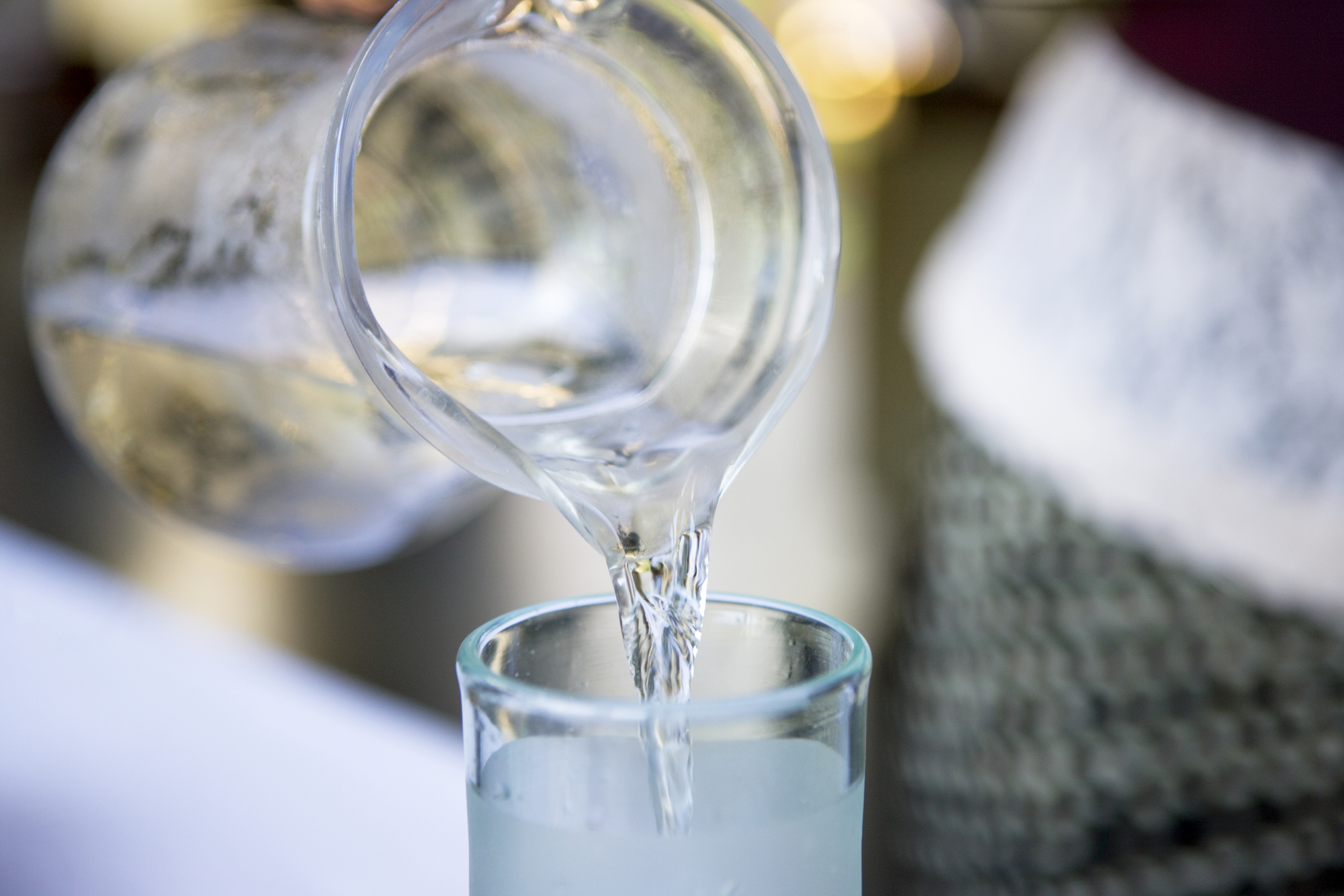
If you’re constantly tired — and who isn’t these days? — you might want to know that you can perk things up a bit by drinking more water. As Healthline reports, “Drinking water is essential for optimal functioning of the body. Although water doesn’t provide energy in the form of calories, it helps facilitate the energetic processes in the body, which is an energy boost in itself.” Swap soda, coffee, and other drinks for a cool glass of water.
Related: Cheap Ways to Jazz Up Plain Water and Stay Hydrated
Avocados
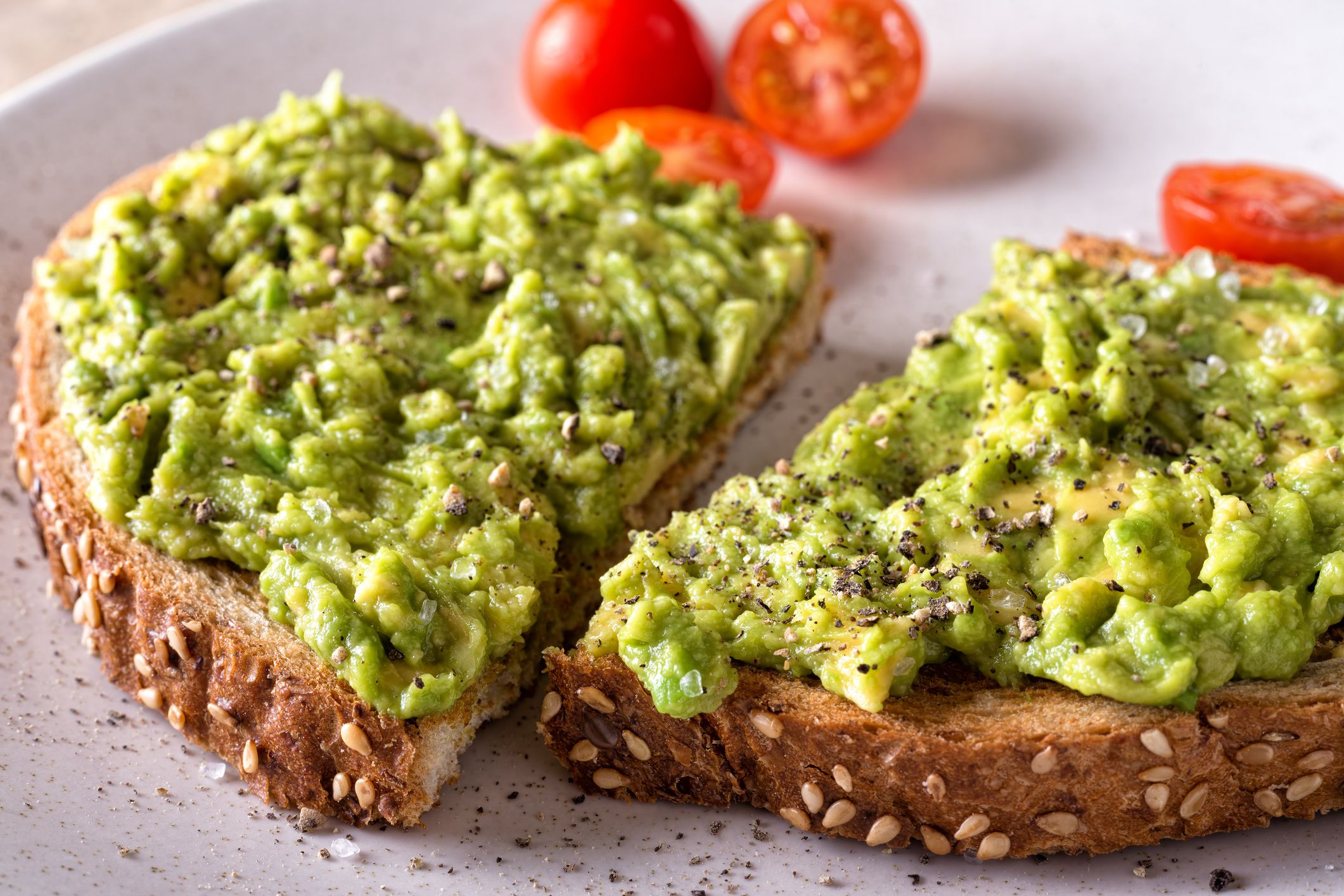
If your “under-the-weather” feeling is actually a hangover, there are foods you can eat to help you recover from that one drink too many. There’s a reason avocado toast is found on nearly every brunch menu these days— avocado is packed with potassium, which combats dizziness and muscle weakness, as well as B6 to replenish lost vitamins and fiber to move toxins out of your body.

